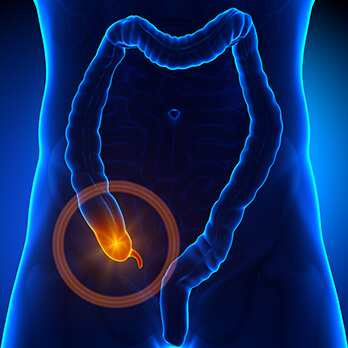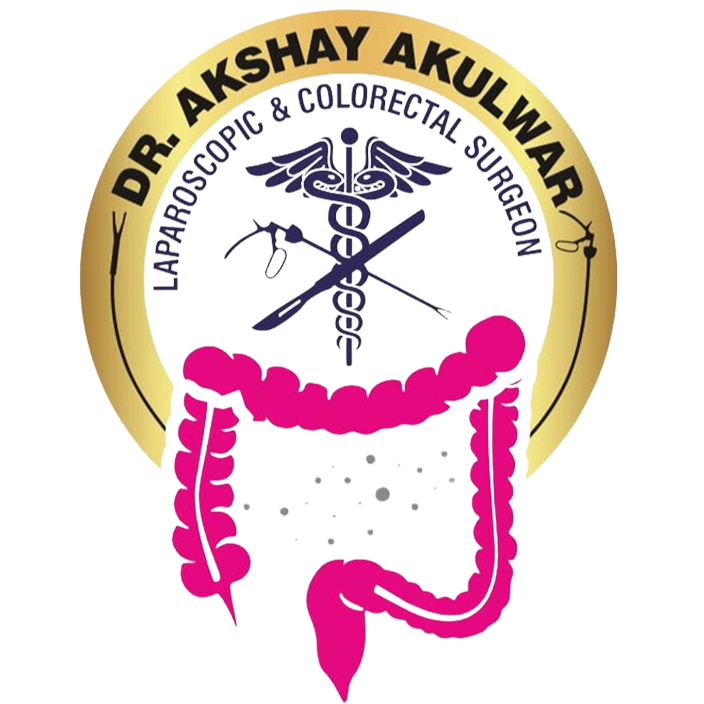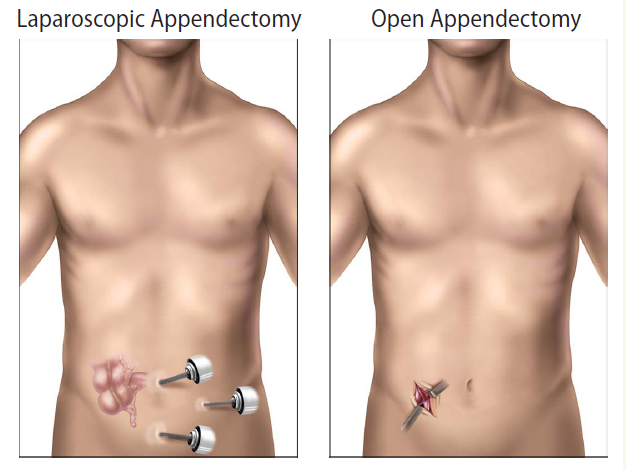Appendicitis Laparoscopic Surgery
What is Appendectomy?
Appendectomy or appendix removal Operation is the procedure to remove an inflamed or infected appendix. This procedure is usually recommended in cases of acute appendicitis where the condition advances rapidly. In cases of acute appendicitis, there is a higher risk of the appendix bursting on its own. If the appendix bursts, the infection may spread to the entire body, which can be fatal. Thus, timely treatment is critical in the case of acute appendicitis. In chronic appendicitis, surgical treatment is elective as the pain is not severe, and the chances of other complications are also minimal.
What happens if appendicitis is left untreated?
If appendicitis is left untreated, infected bacteria that are stored inside the appendix cause inflammation and cut off blood supply, leading to the development of a hole or tear in the dead wall. As pressure builds up due to the blockage, it results in the bursting of the appendix. This can cause the bacteria and pus to flow into the abdominal cavity that holds the liver, stomach, and intestines. This is considered a medical emergency as it can lead to severe and life-threatening complications.




